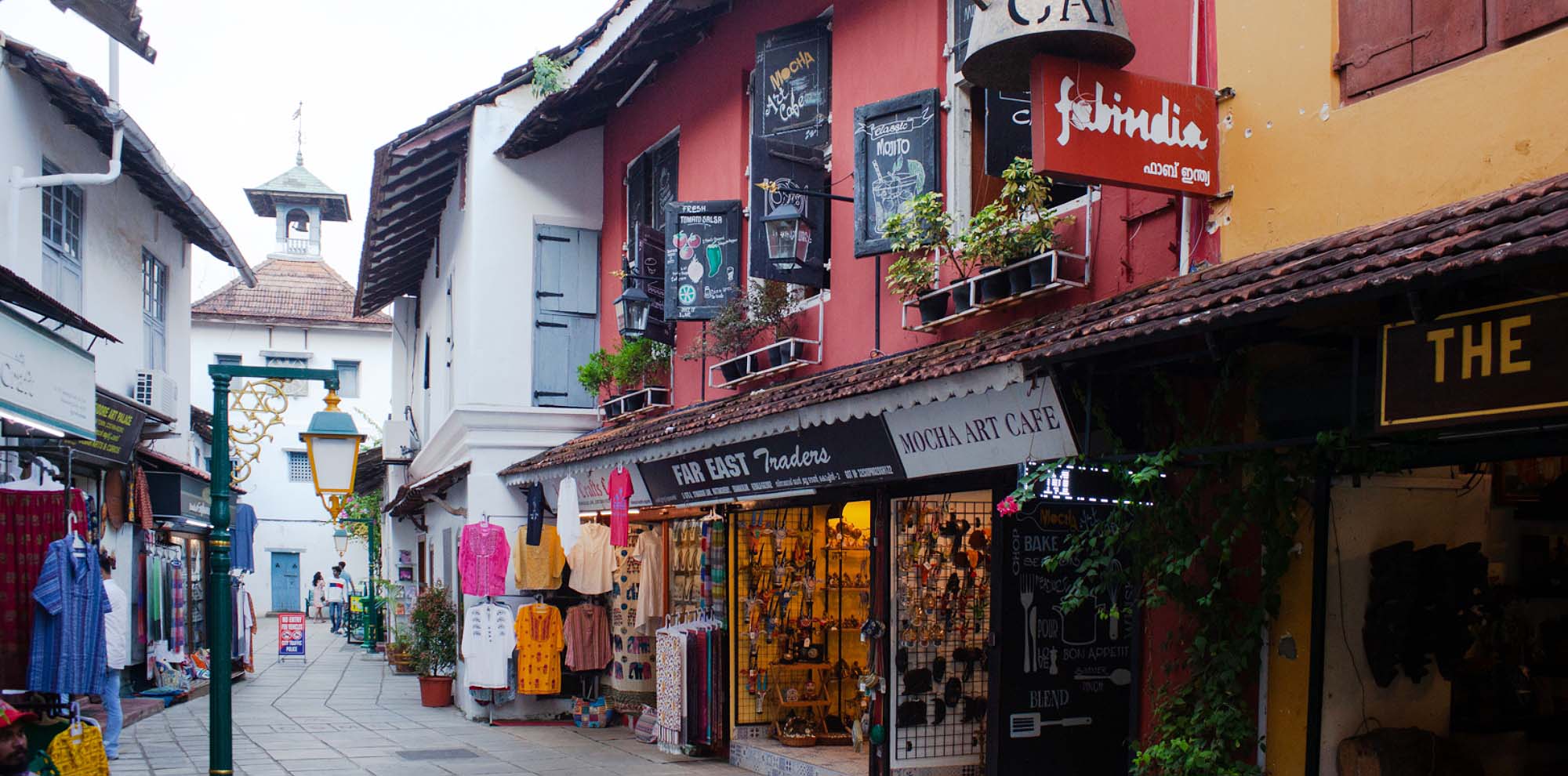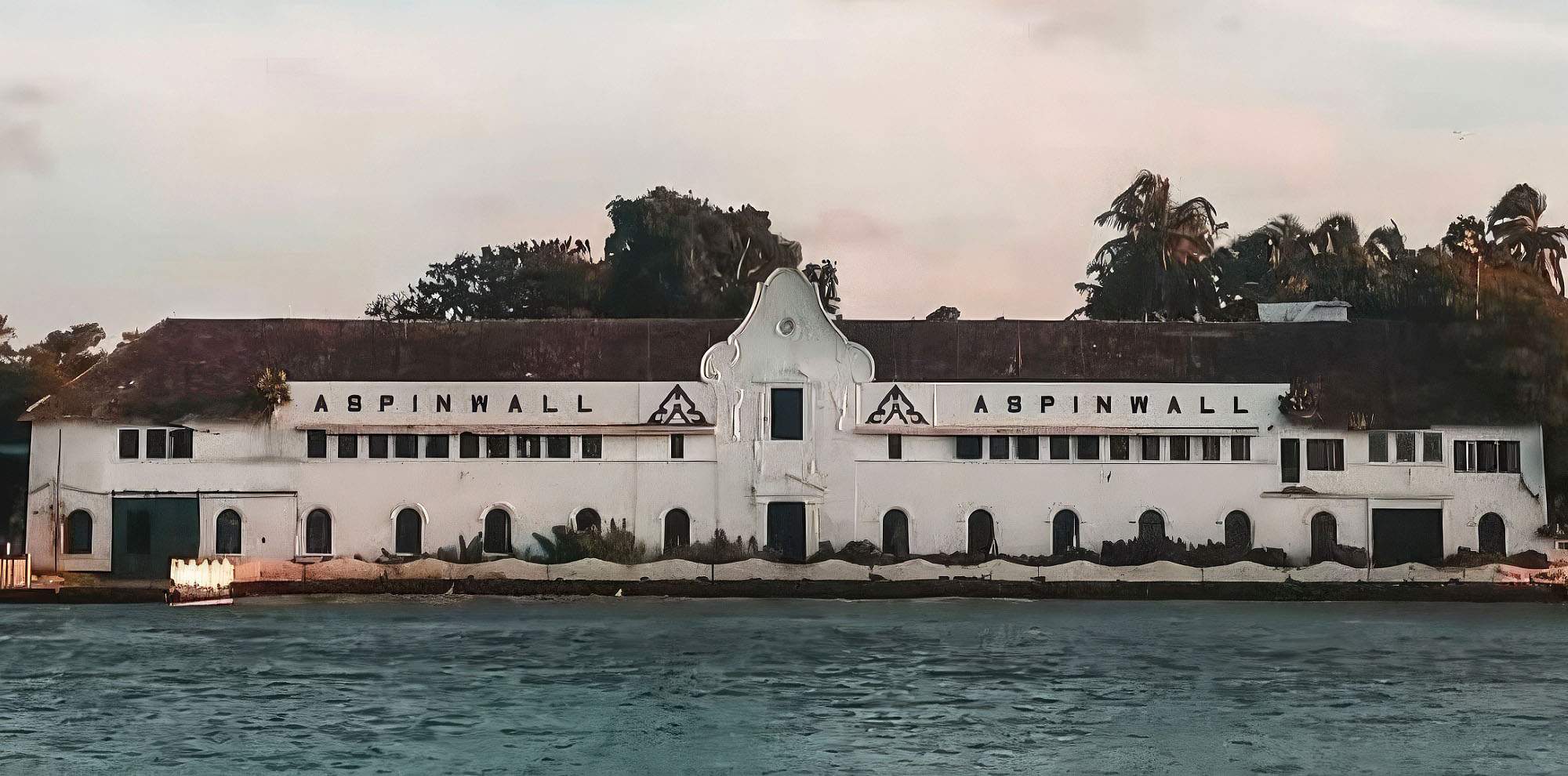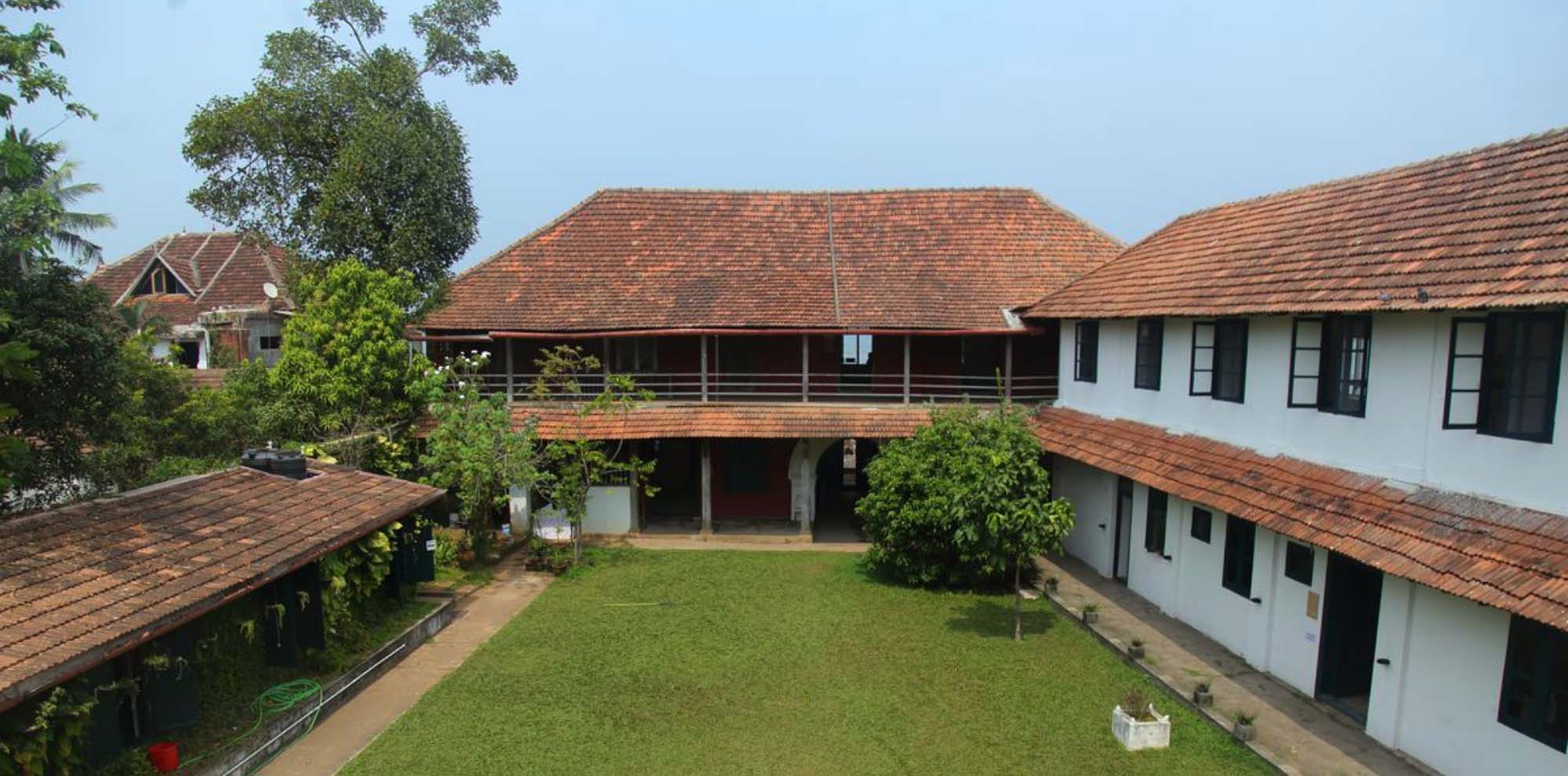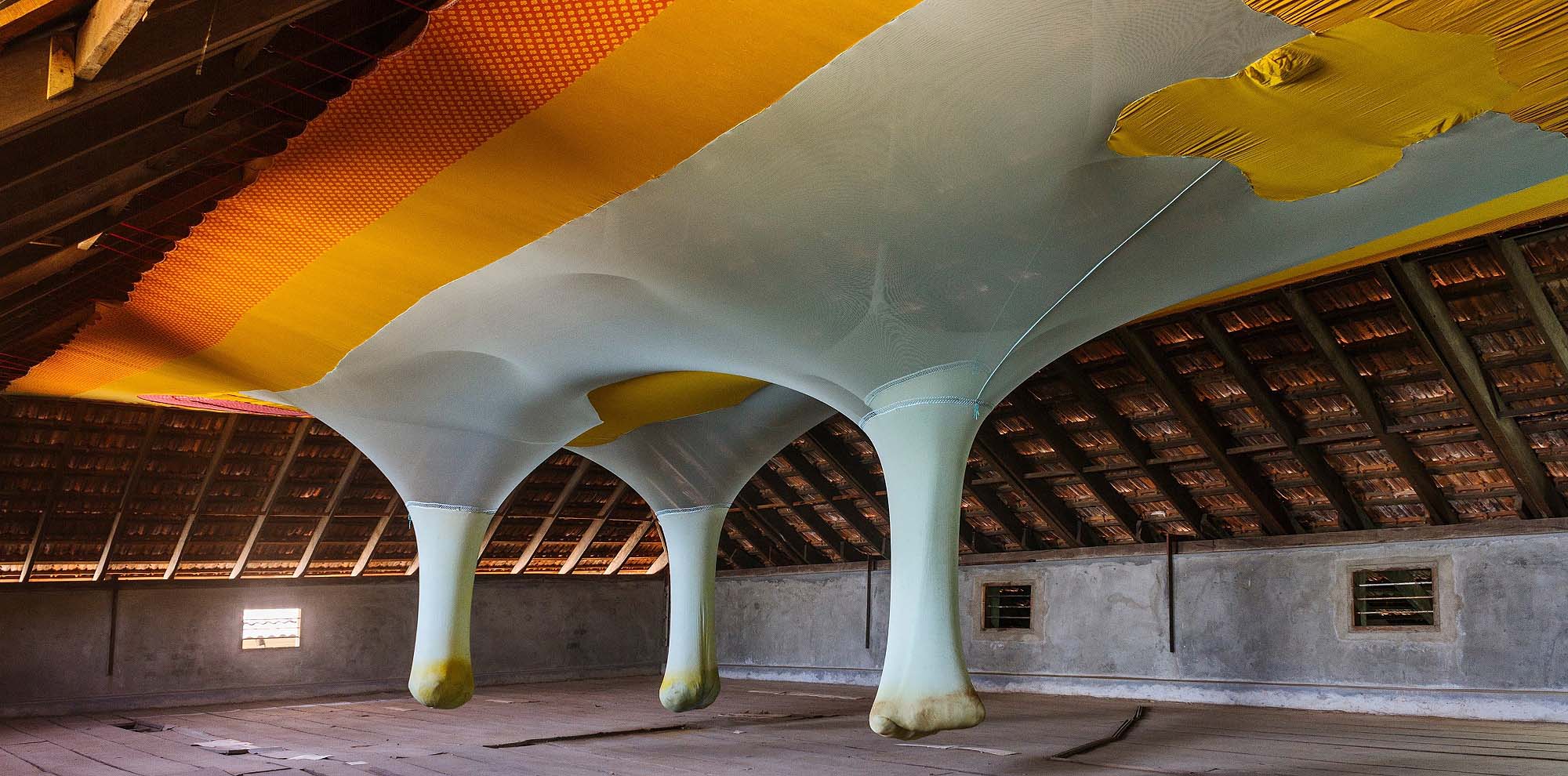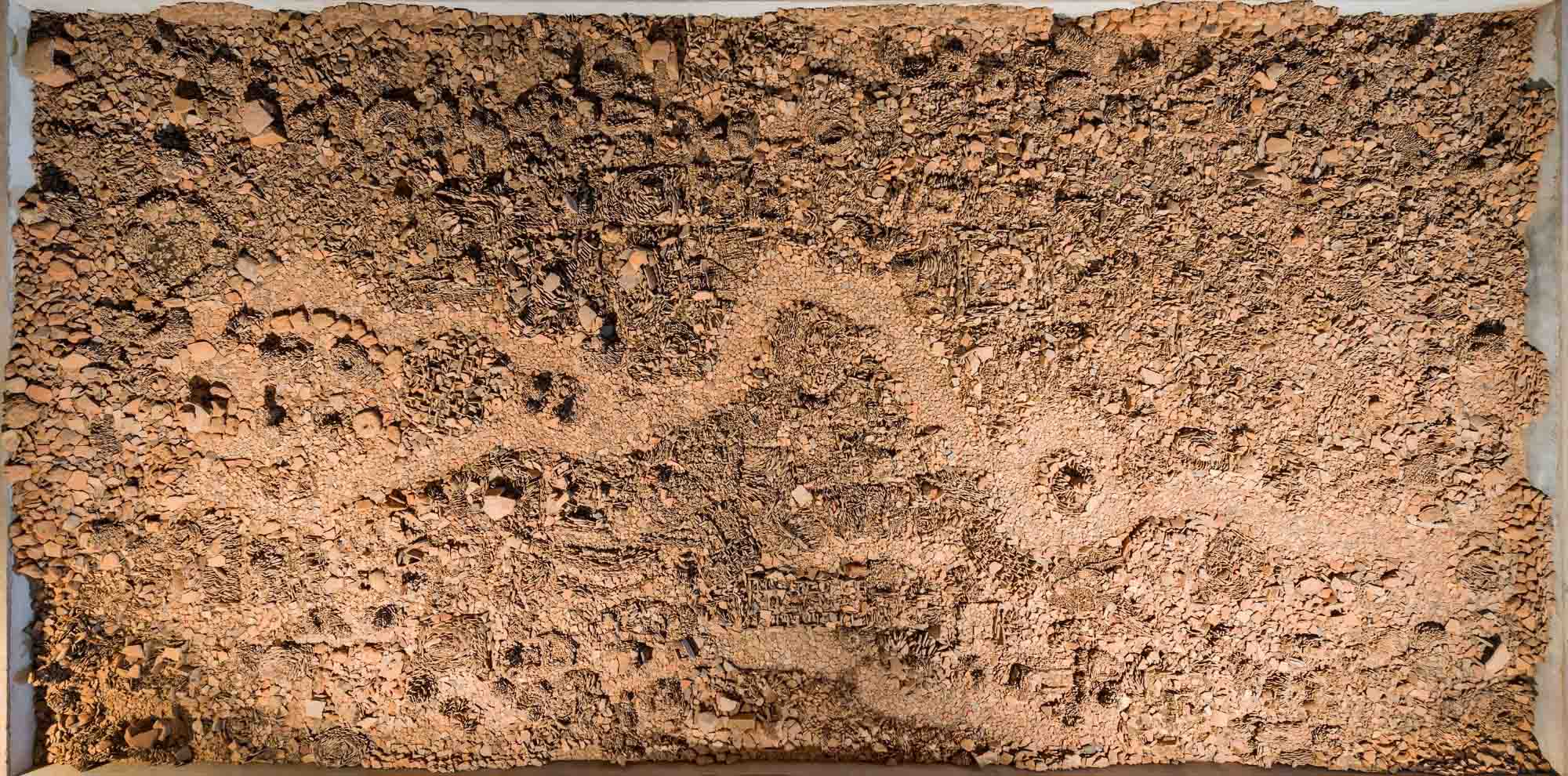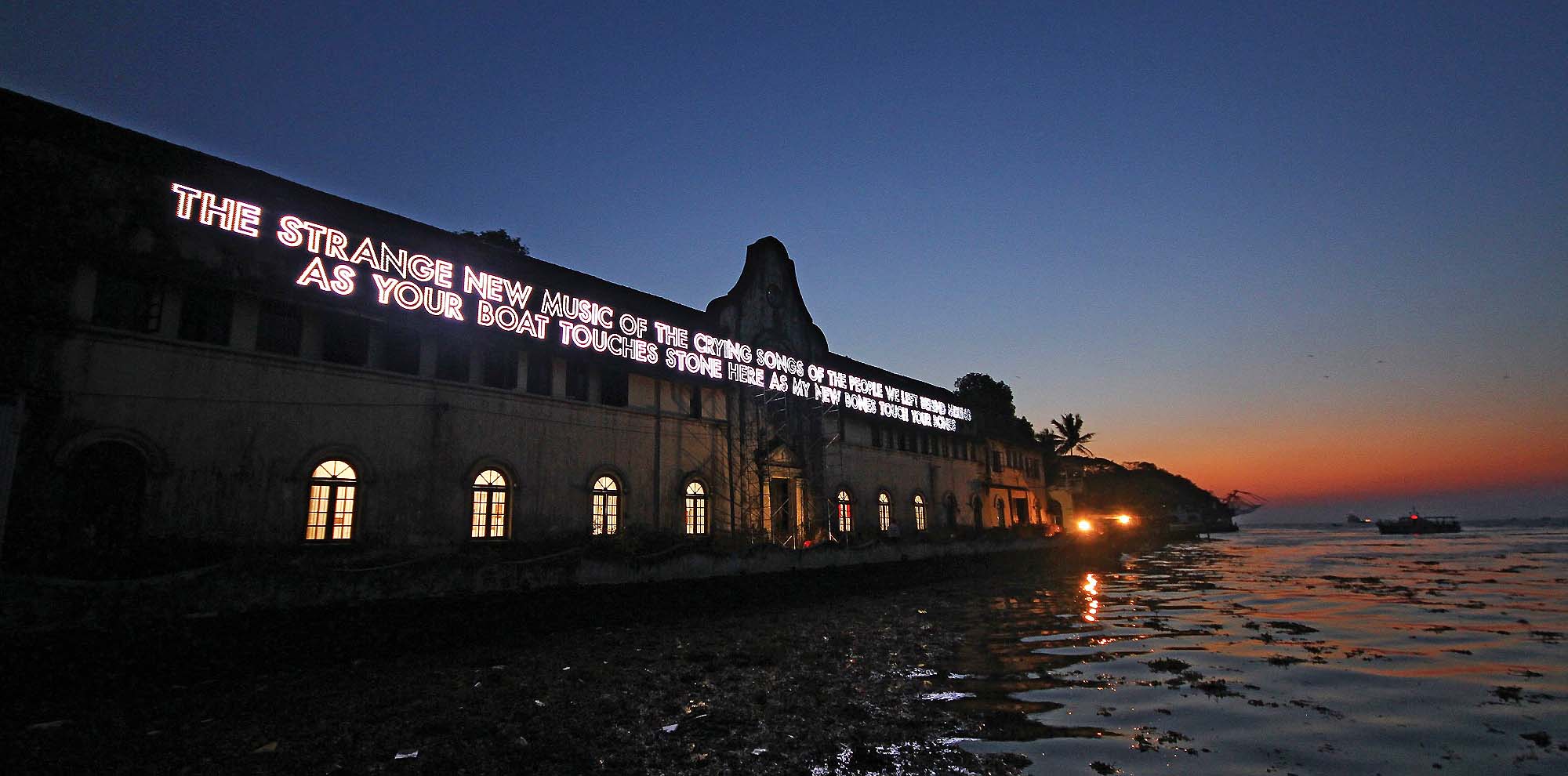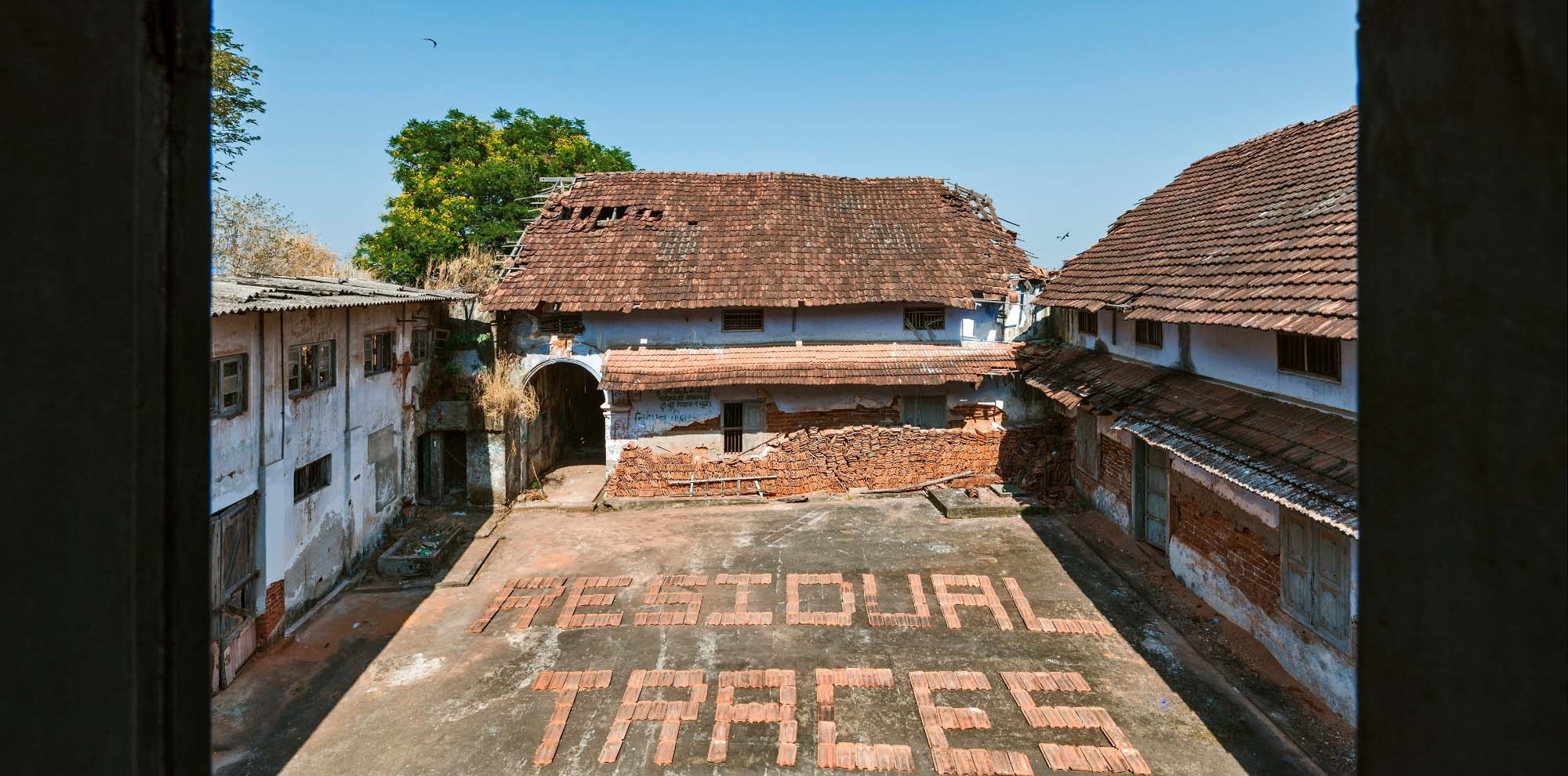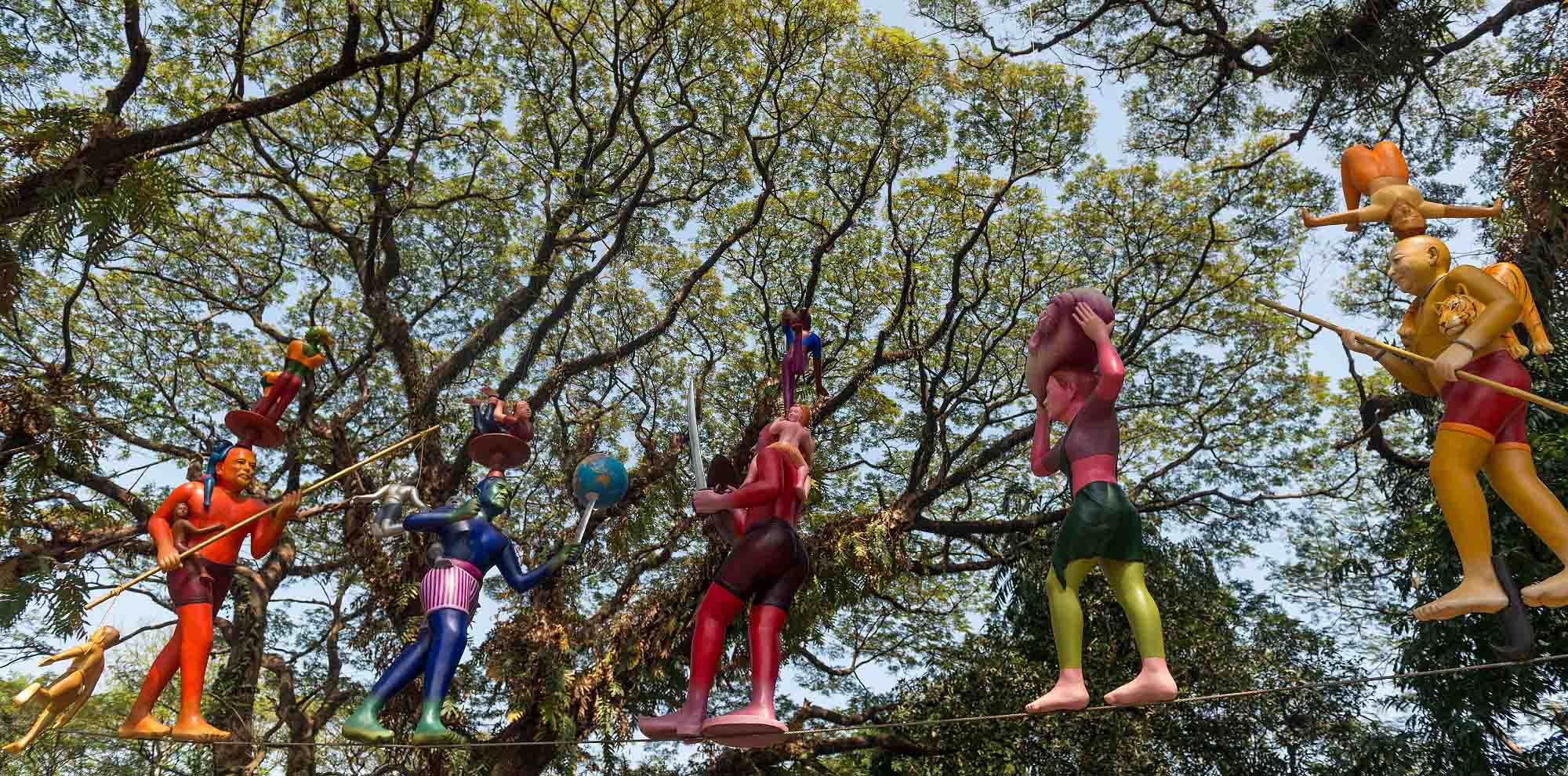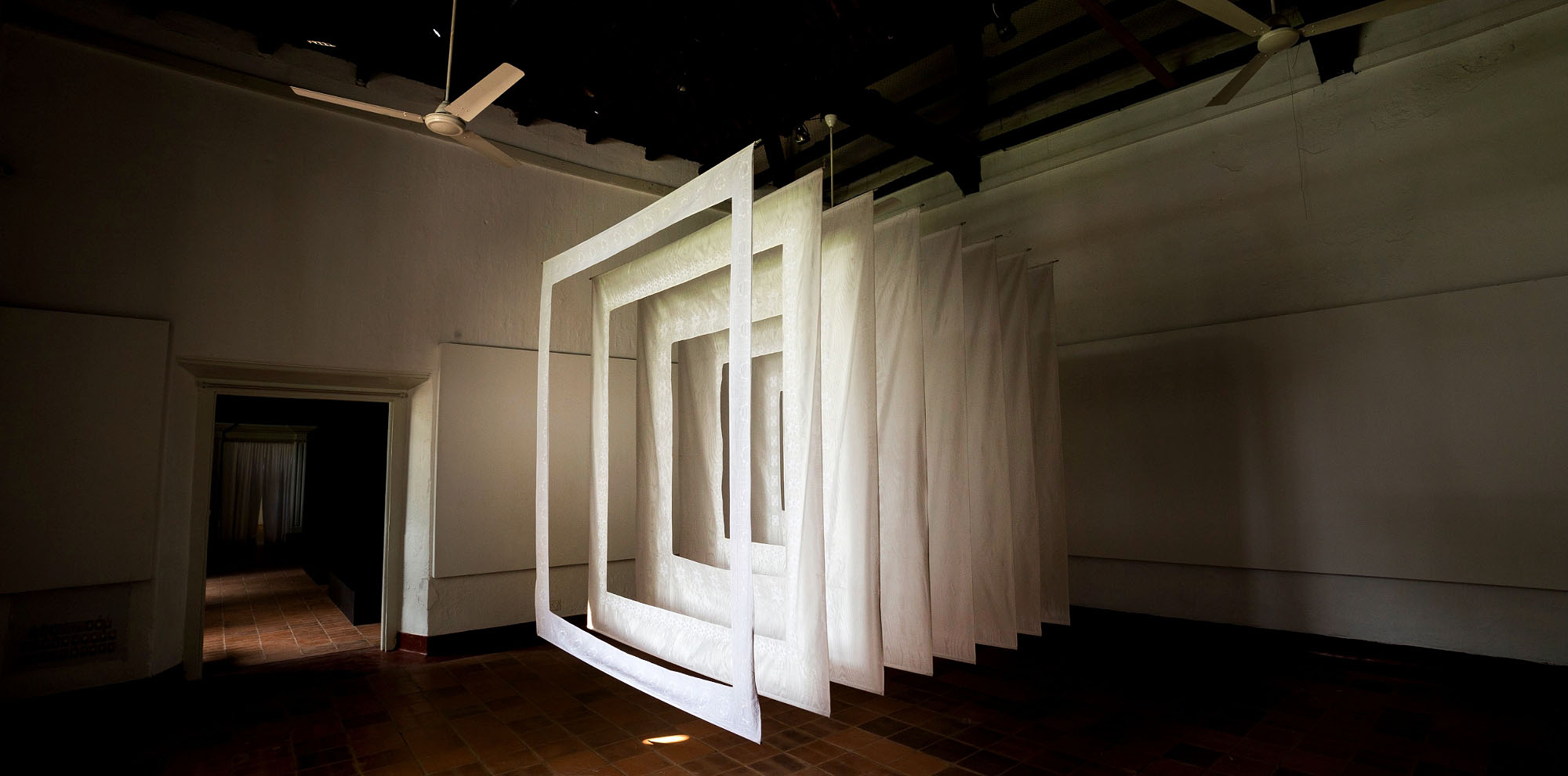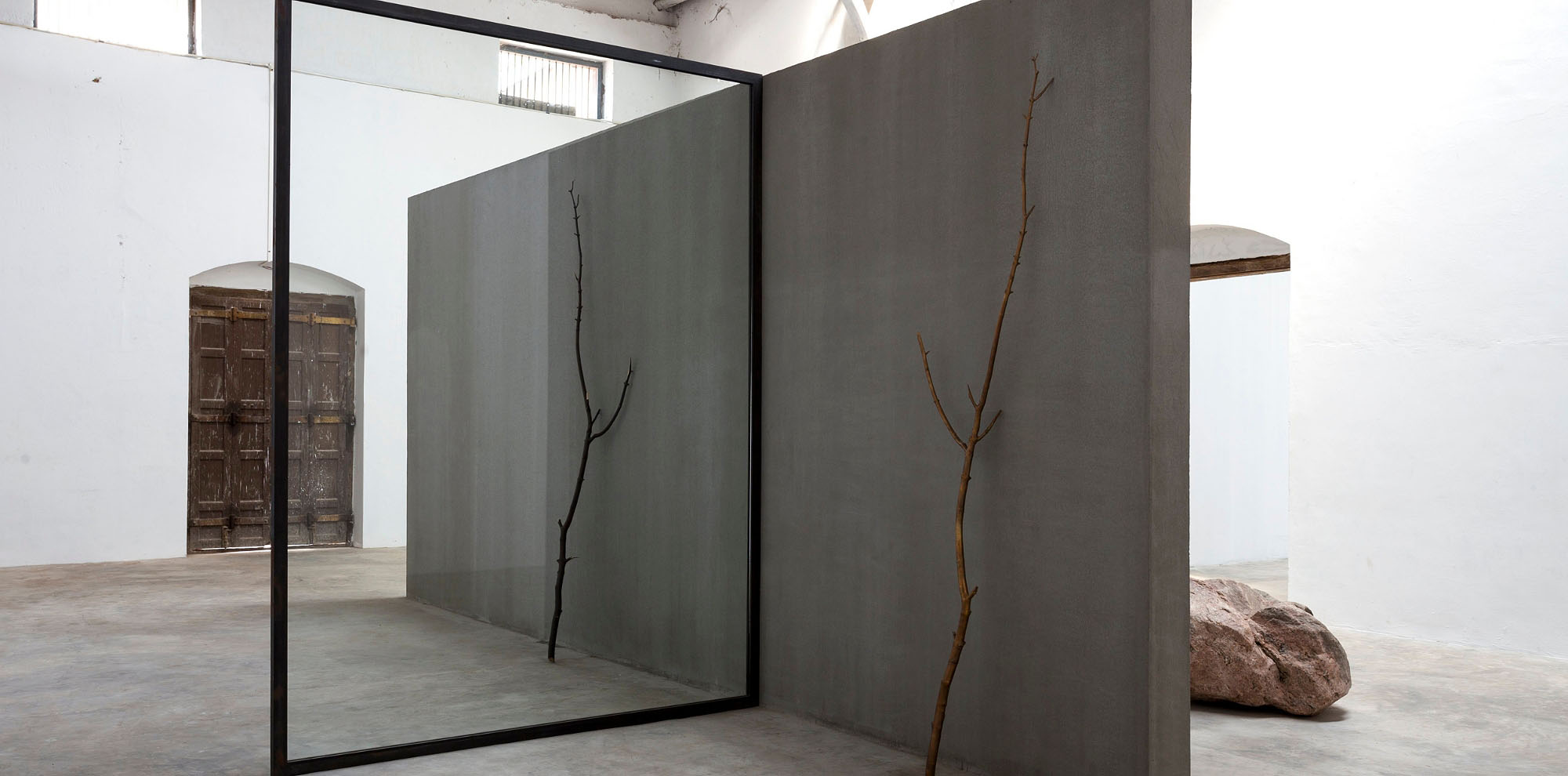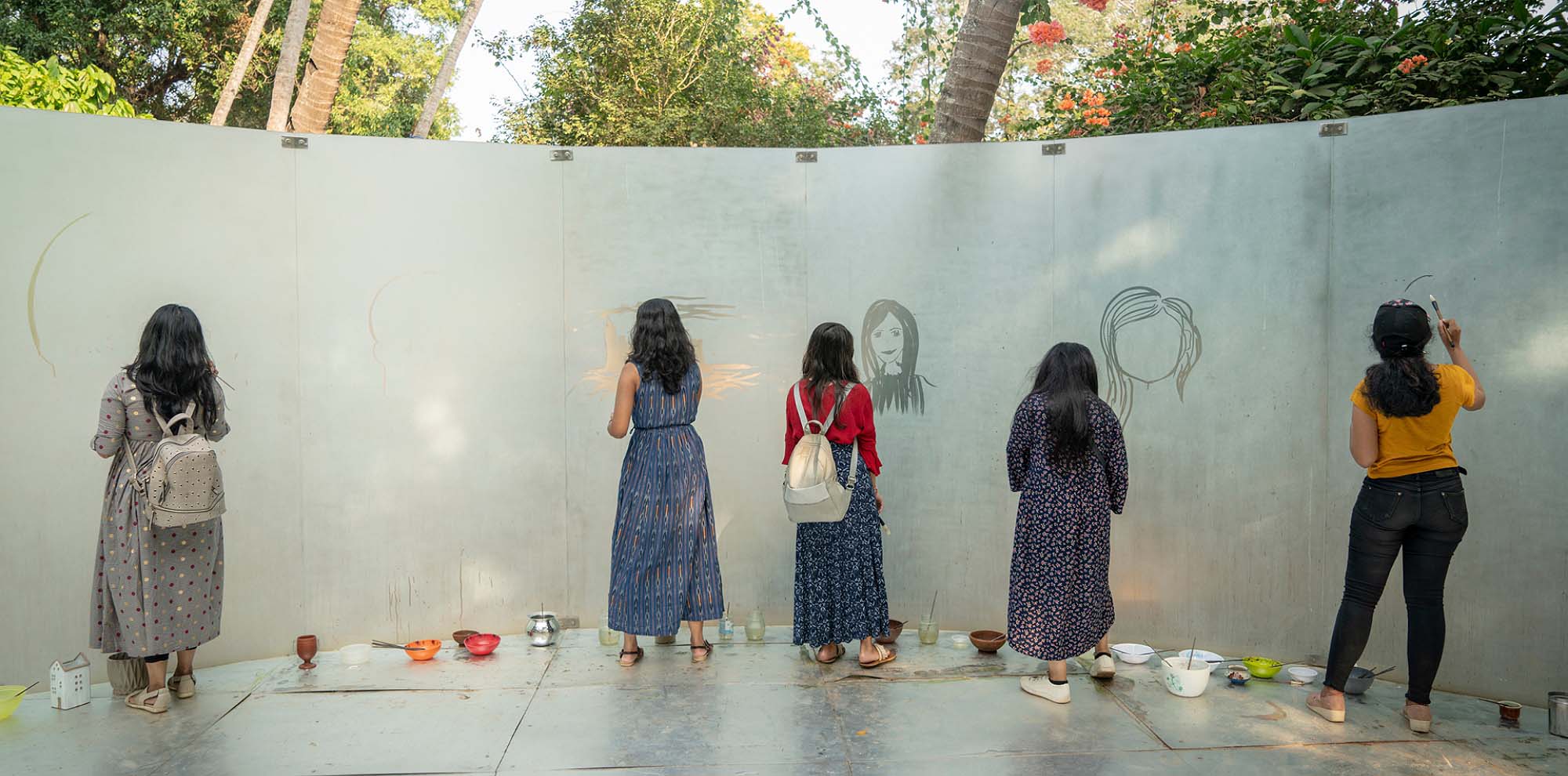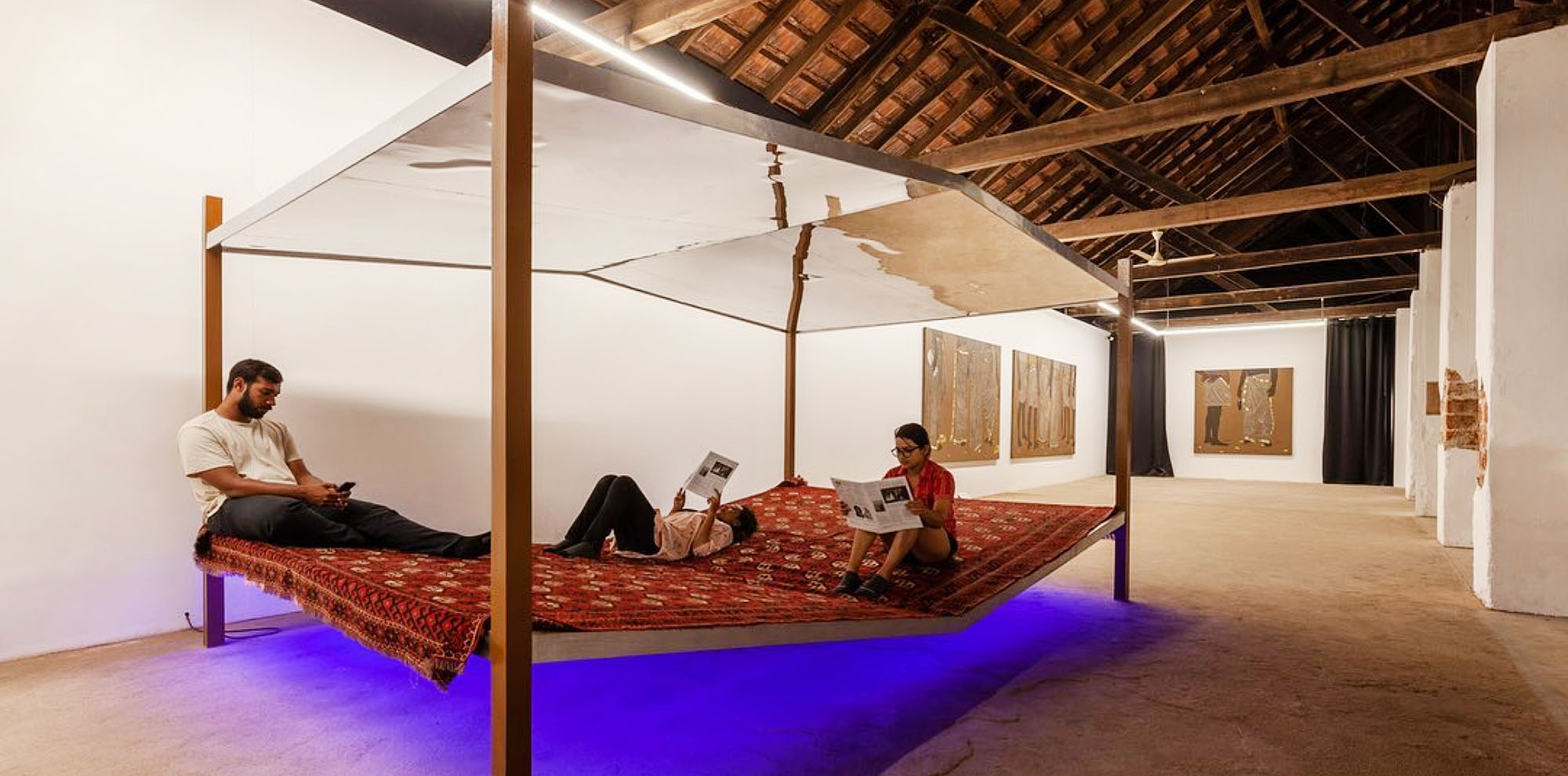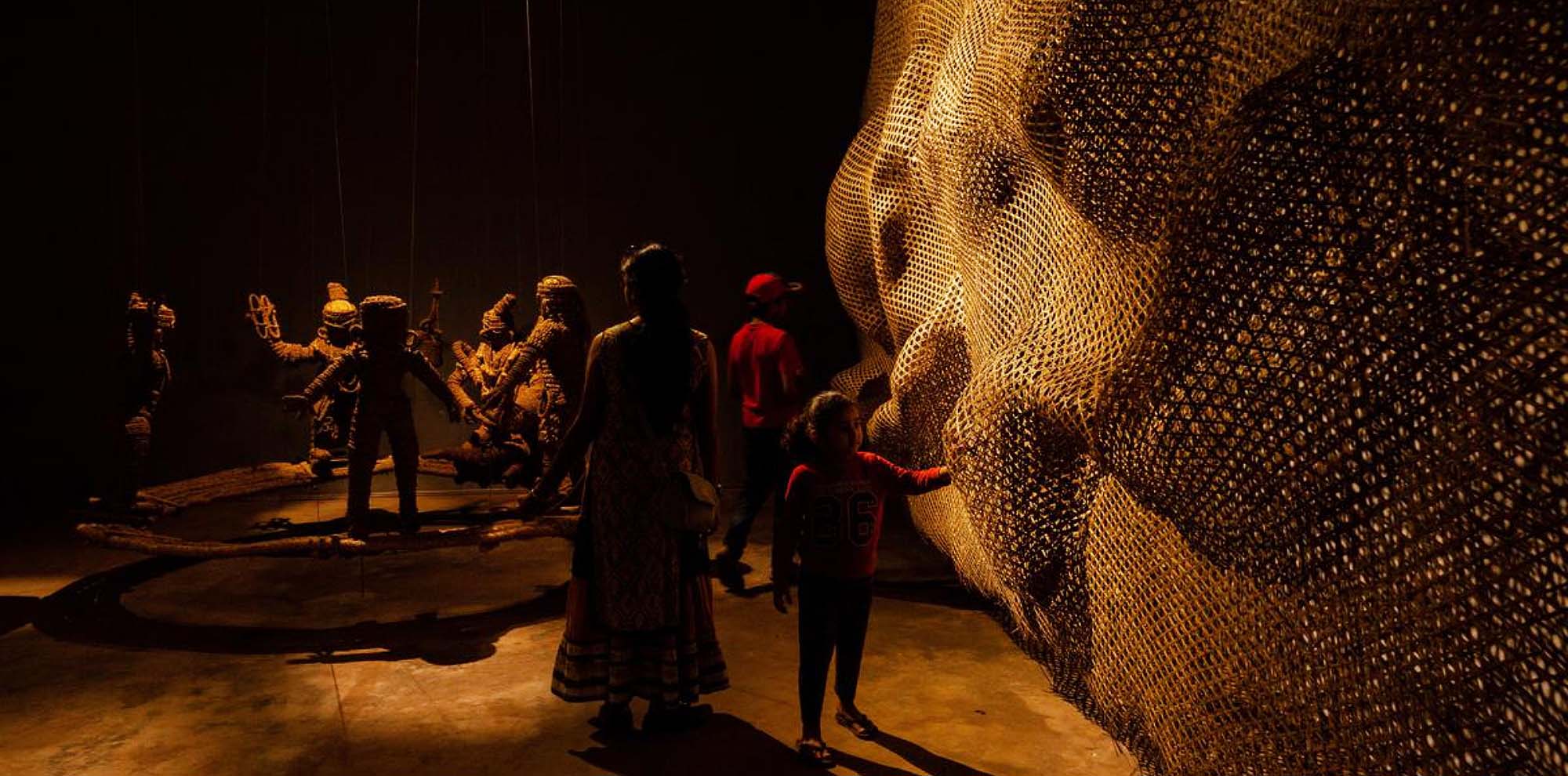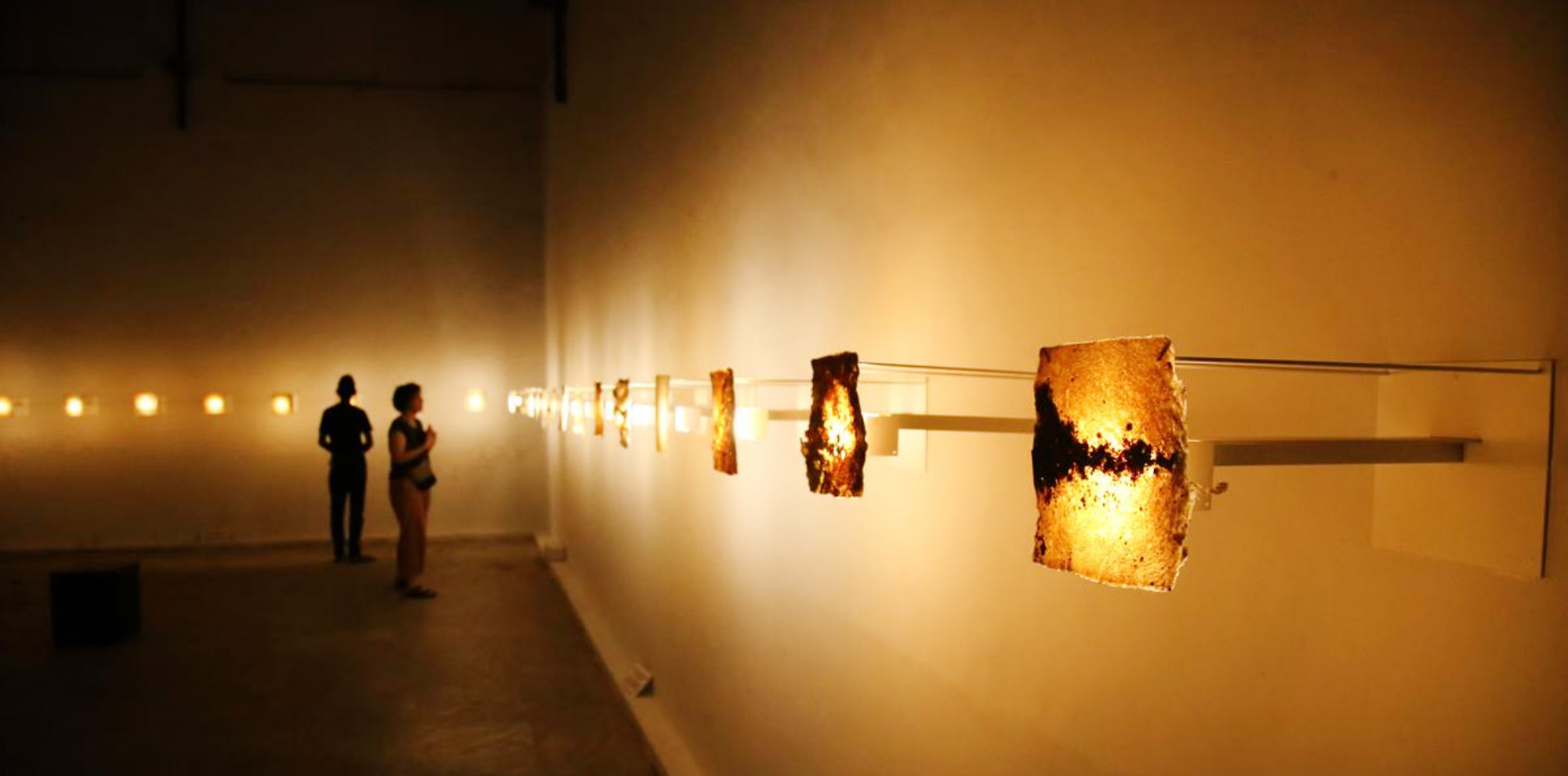A Global Platform for Art in India: Kochi-Muziris Biennale
Alongside exhibitions at museums and galleries, the past decade has also witnessed the development of the artist-led Kochi-Muziris Biennale (or the Kochi Biennial), on the southwestern coast of India, in the state of Kerala. Across the globe, biennials — exhibitions held at regular two-year intervals — are key events that present leading artists and ideas from the region and beyond, to local and international audiences. The biennial in Kochi is modelled loosely on formats established internationally in sites like Venice, Italy and Gwangju in South Korea.
Since the 14th century, Kochi has been an important port for the spice trade. Similarly, the ancient harbour of Muziris, located close to Kochi and currently under excavation, was an active port in the 1st century BCE. The choice to hold a biennial in this touristed region, with cosmopolitan roots, has been significant in the development of the event. Biennial exhibitions often include newly commissioned works, including many that are site-specific, and engage with the region’s rich history. In fact, some of the biennial sites such as Aspinwall House and Pepper House, among others, are heritage buildings that have served as business houses and warehouses, which formerly engaged in the region’s spice trade.
Let’s look a little closer at how the Kochi-Muziris Biennale was established.
Establishing the Biennale
The Kochi-Muziris Biennale is the first biennial in India to get past the conceptual stage. The creation of such an exhibition was itself a topic of much contention during the boom years in the early to mid-2000s. Through two rigorous scholarly conferences in 2005 and 2007, leading intellectuals and artists, including Geeta Kapur (b. 1943) and Vivan Sundaram (1943–2023), had decided against pursuing a biennial for India. That said, an existing precedent for the Kochi Biennial in India was the government-led Triennale first organised in Delhi in 1968.
In May 2010, two Mumbai-based Keralite artists, Bose Krishnamachari (b. 1963) and Riyas Komu (b. 1971), were approached by the-then culture minister of Kerala about starting an international art project in the state. Krishnamachari and Komu founded the Kochi-Muziris Biennale Foundation that year, and the first edition they curated opened to the public on 12 December 2012. Over the years, major artists and scholars — including Kapur and Sundaram — have actively participated in and supported the biennial.
12/12/12: Kochi, Community and Cosmopolitanism
The first edition of the biennial invited artists from around the world to showcase works that could open up dialogues surrounding notions of cosmopolitanism, cross-cultural exchange, myth and community, all connected with the rich history of Kochi itself. The biennial included 50 Indian artists and 44 international artists, comprising established as well as emerging practitioners. This ambitious programme was not only critical in building the biennial’s identity and cultural capital but also in securing its funding, with the expectation of significant state sponsorship (though this has not always manifested). Attempting to make up for a lack of institutional infrastructure generally required for an exhibition of this scale and ambition, artworks engaging with charming, if sometimes dilapidated, colonial and historical spaces were installed at sites across the city. Though much of the first edition came together at the last minute, organisers and artists came up with many creative and memorable solutions and presentations in dialogue with the region’s history, ranging from Vivan Sundaram’s imagined archaeological installation of Muziris to Brazilian artist Ernesto Neto’s (b. 1964) installation of giant fragrant spice sacks, an apt reflection of the city’s importance to the spice trade. Unexpected and sometimes unique conversations between sites and artists helped to show that the Kochi Biennale was distinct from the global mainstream, and it quickly gained traction with both local and global audiences.
Each subsequent biennial has been curated by an artist, chosen by an Artistic Advisory Committee. These editions, such as ‘Whorled Explorations’ curated by Jitish Kallat (b. 1974) in 2014 and ‘Possibilities for a Non-Alienated Life’ curated by artist Anita Dube (b. 1958) in 2018 were held with significant critical and popular acclaim. Each of these has brought together a range of South Asian and global artistic voices, working to solidify the importance of the biennial as well as its distinction from global precedents.
The Future of the Biennale
In spite of the successes of the Kochi-Muziris Biennale since its inception, the organisation is also emblematic of the challenges faced by other cultural institutions in India, including a lack of funding and adequate infrastructure. This came to a head with the fifth edition of the biennial, which was organised by Singaporean artist and thinker Shubigi Rao (b. 1975) and was planned to open on December 12, 2022. However, following postponements due to the Covid-19 pandemic, the biennial faced a shortage of funding and resources, delays due to customs clearances of international artworks, flooding across Kerala due to Cyclone Mandous, and access to Aspinwall House — the main venue — was withdrawn for a period in November 2022. Just a day before the opening, a decision to postpone it by 11 days was shared via social media, leading to considerable disappointment, criticism, and concern about the future of the biennial. The issues this incident has raised speak to many of the critical conversations that have taken place about the viability and value of a global biennial for India.
The Kochi-Muziris Biennale presents a unique opportunity for audiences to view artworks outside of conventional institutions. Despite infrastructural limitations, its sites allow for more experimental projects and artworks that can be created at ambitious scales. Additionally, the biennial is designed to be internationalist in scope, allowing local audiences to be exposed to artworks and artists from around the world.
The choice to invite artists to curate the Kochi-Muziris Biennale remains a unique one, as it provides greater agency to artists to direct the conceptual narratives and themes guiding the representations of art and ways in which audiences can engage with it.
As we near the end of the Course, we look at the Kochi-Muziris Biennale and some important individuals associated with its conception and organisation, in this Topic. Use the following links to learn more about them!
Further Readings


